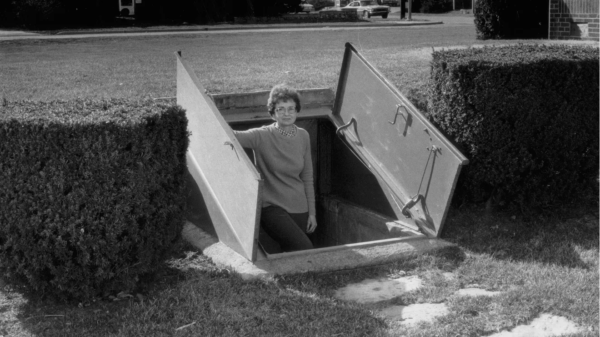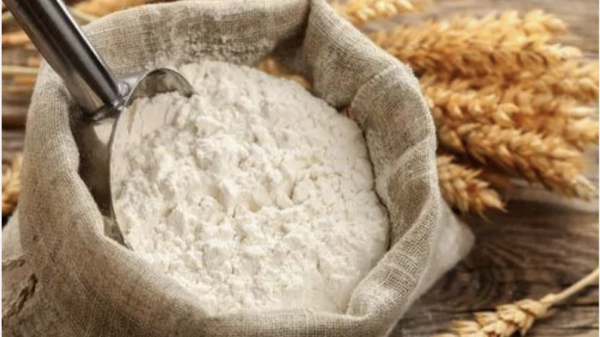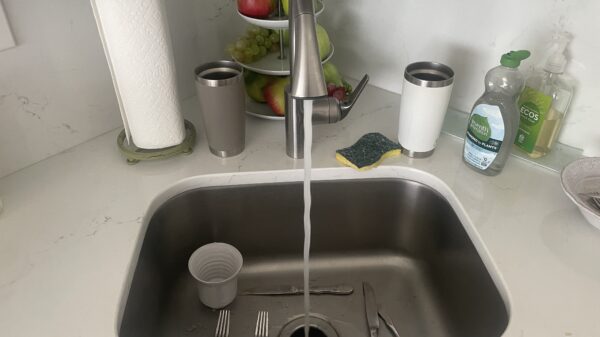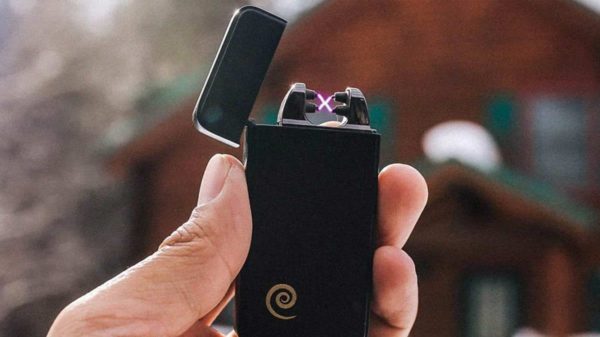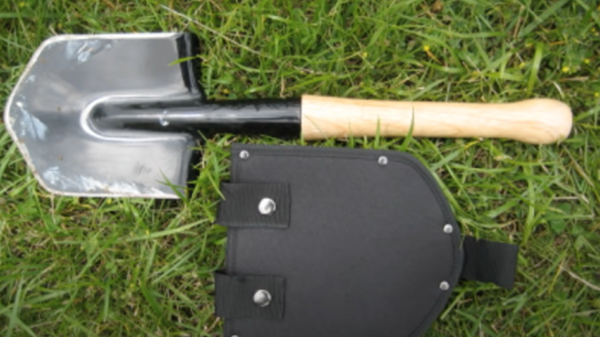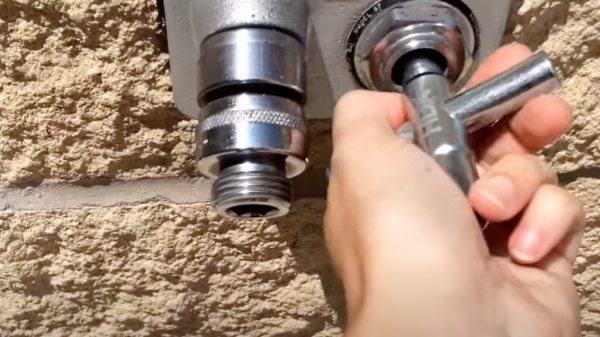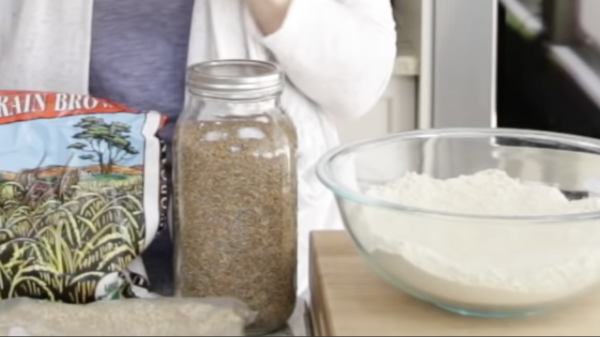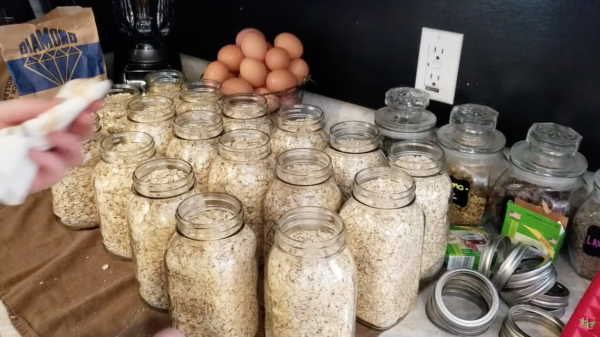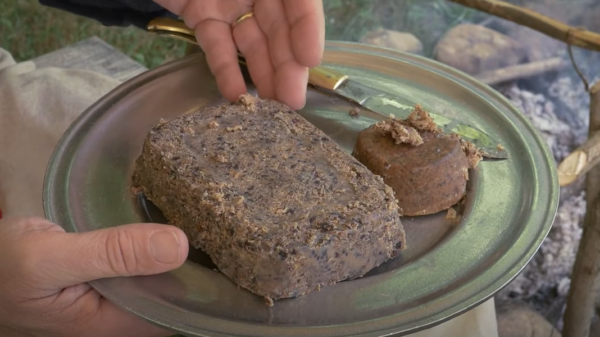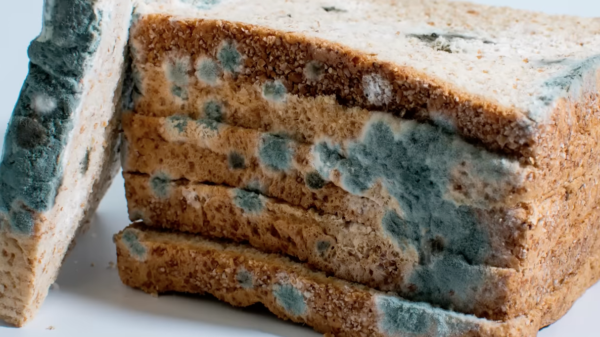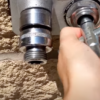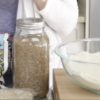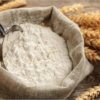How To Make Penicillin at Home
How to produce penicillin at home is among the trendiest issues in the survivalist community. Given the high medication cost, I would be okay if some do-it-yourselfers were interested in learning how to produce penicillin.
Penicillin may appear quite simple to create, given that it is molded bread and was accidentally found. Indeed, it is, but properly producing penicillin is quite difficult. Here’s everything you need to know to make penicillin at home:
• Purifying Penicillin
Place some citrus fruit, melon, or bread in a bottle and keep it at 70 degrees Fahrenheit in a dark area. It should be kept in a jar that is shut but not airtight. To preserve moisture inside the jar, add a few drops of water, then shut all but one edge. The bluish-green hue of this gray mold shall soon appear.
• Penicillin re-culturing
Penicillin is in the bluish-green mold you produced. Some claim that you can use this mold immediately and refer to it as organic penicillin. This is regrettably not the case.
The following is not effective:
1. Applying Mold to a Cut
Penicillin mold applied to a wound may be able to treat skin bacteria; however, if the bacteria have already entered the circulation, it won’t do much good.
2. Consuming moldy tea
Stomach acid is highly susceptible to penicillin. This penicillin must be injected to function. If you consume it as penicillin tea, it will be eliminated before it enters your blood circulation.
• Chop 200 grams of unpeeled potatoes very thinly.
• Fill a 1-liter Glass jar halfway with filtered water, then add the potatoes. Lock the top on firmly.
• Uncover the container once it has cooled a little. Filter the mixture using cheesecloth. Recover the fluid.
• To the soup, add 20 grams of glucose.
• 20g of agar is added to the broth. Keep in mind that the agar won’t dissolve entirely. Jello-style gelatin will only work when you have agar.
• Until the mixture is 1 liter in size, keep adding distilled water.
• Fill broad, flat containers with a lockable cover with the broth.
• The dishes should be covered right away to keep airborne bacteria out.
• Streaking the Petri Plate
It is now the moment to transfer your penicillin mold spores to the potato broth-filled Petri plates.
• Pick up a short bit of wire. Make the tip oval by bending it.
• In a source of heat, sterilize the wire’s end. It must be quite hot.
• Put it into the potato broth to cool the heated wire and prevent the heat from destroying your penicillin colonies.
• Put the wire tip against the greenish-blue penicillin mold.
• On your Petri plate, draw three stripes. The penicillin spores will begin to expand here.
• Allow your penicillin to develop.
In your Petri plates, allow the penicillin to develop for about a week while leaving it covered. Without a discerning eye and a microscope, it is difficult to determine that you have penicillin because other bacteria species may also appear yellow, like penicillin.
• Penicillin Fermentation
This is where things start to get a little tricky. Your penicillin colonies must be fermented to ensure mass reproduction.
Many survivalist sources instruct you to purchase strange materials, such as sodium nitrate and potassium monophosphate. That approach is effective, but I suspect you will have such items on hand in the event of a disaster.
Below is a quicker way to ferment penicillin.
• The flask should be sterilized in the oven for an hour at 315 degrees Fahrenheit.
• In your measuring cylinder, add 1 teaspoon of each of the following: glucose, yeast, citric acid, powdered milk, and sea salt.
• The cylinder should be filled with water till it contains 100 milliliters.
• Put your flask’s components inside.
• Shake the container with the top on it until the substance is dissolved.
• Fill the flask with your penicillin spores. Make sure you are employing sterile procedures.
• Wrap the container in aluminum foil that has been sterilized. This will maintain air movement while keeping undesirable microorganisms outside the flask.
• Allow the flask to rest for no more than fourteen days but no less than seven days.
• Penicillin extraction
You now have fermented penicillin inside the flask after one week. Before using it, you must remove all of the additional ingredients.
There will be solid components in the fluid. These must be taken out of the fluid. It would help if you kept the liquid because that is the penicillin portion.
Pour the penicillin solution through a cheesecloth that has been sterilized. Put the fluid in a clean container to catch it.
It would be best if you now changed the penicillin’s ph. After adding a sprinkle of hydrochloric acid, check the ph. If you begin, the pH will likely be somewhere around 5. Up till a pH of 2.2, keep checking and adding drops.
Theoretically, this isolated penicillin might be used right away. Penicillin is quite unstable, though. You would have to use it immediately. Your entire effort would be in vain because most infections require numerous antibiotics to treat them. As a result, you must complete the relatively challenging scientific process of further obtaining penicillin.
• Additional Extraction
Purified penicillin is entirely extracted using ethyl acetate. Inside the ethyl acetate, the penicillin dissolves. Pure penicillin is then obtained by evaporating the ethyl.
• Put ethyl acetate in the freezer to cool.
• In a separating funnel, combine the chilled ethyl acetate and penicillin fluid.
• Stir them together for thirty seconds, then let them drift apart. Ethyl acetate should sink to the bottom of the container.
• Let the ethyl acetate drop out slowly into a clean collection tube after opening the separating funnel.
• Ethyl acetate is now combined with potassium acetate. For every 100 ml of solution, you’ll need roughly 1 g of potassium acetate.
• The solution should be left exposed in a well-ventilated location. Penicillin will remain after the ethyl has evaporated.
• Utilizing Homemade Penicillin
You’ll see that we began with a fermentation volume of roughly 100ml. You’ll most likely receive roughly 100 mg of penicillin from that quantity. You’ll need plenty of handmade penicillin to treat infection because the recommended dosage for curing strep throat is 125-250mg.


